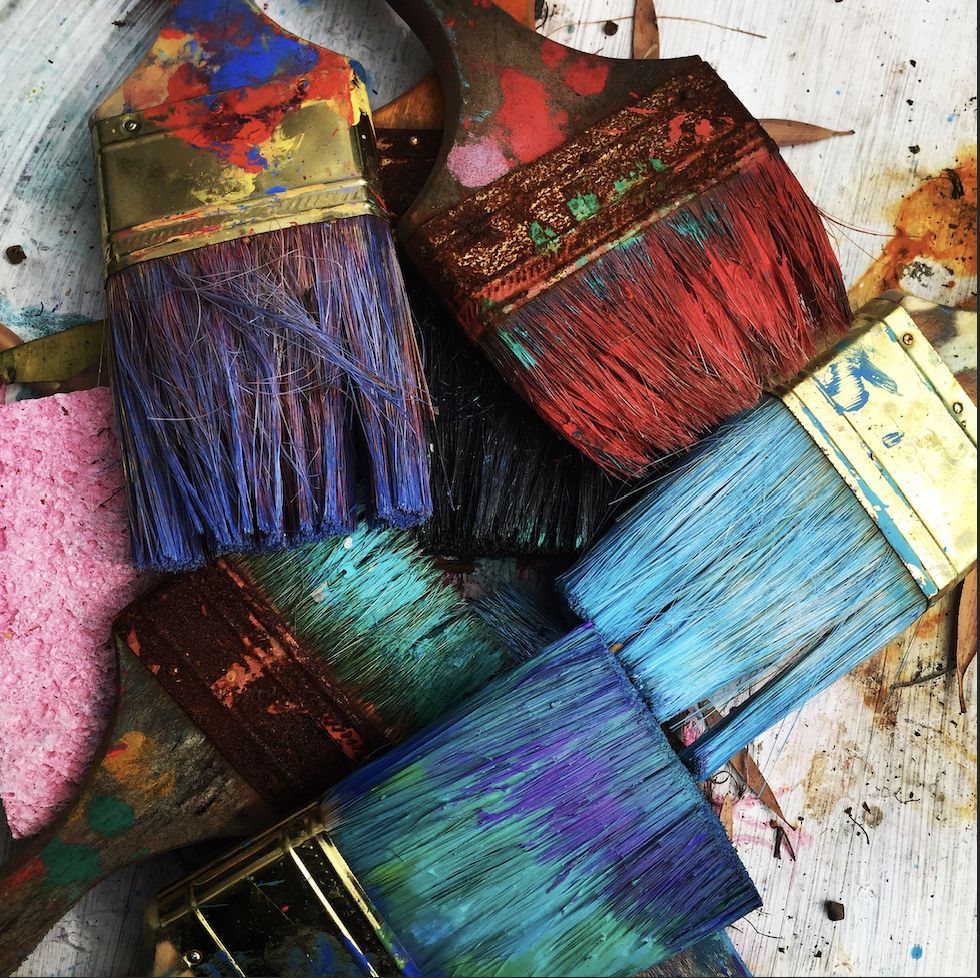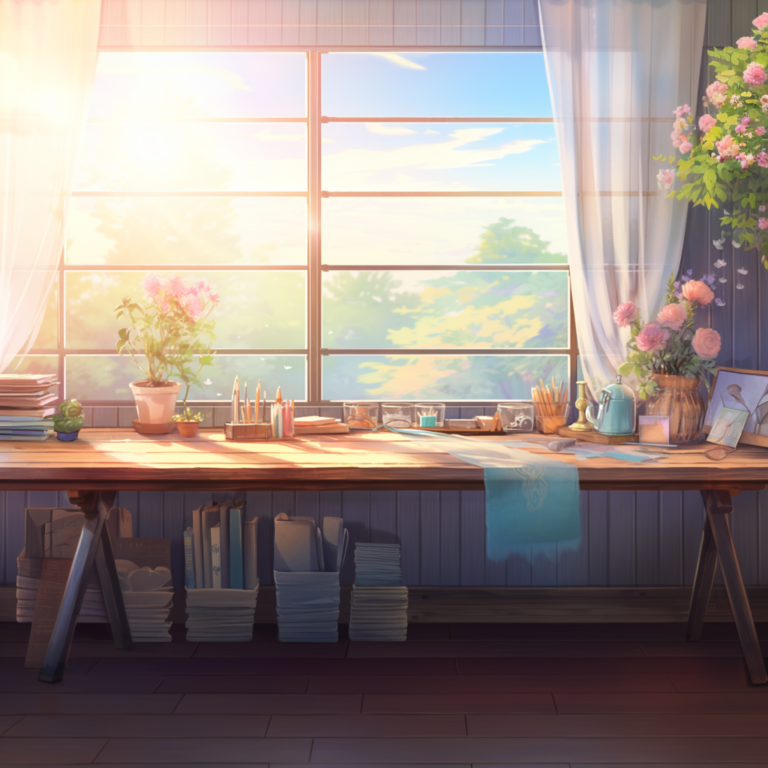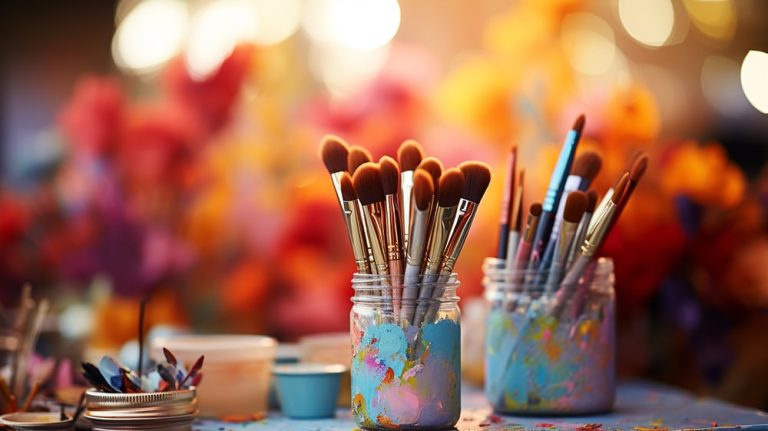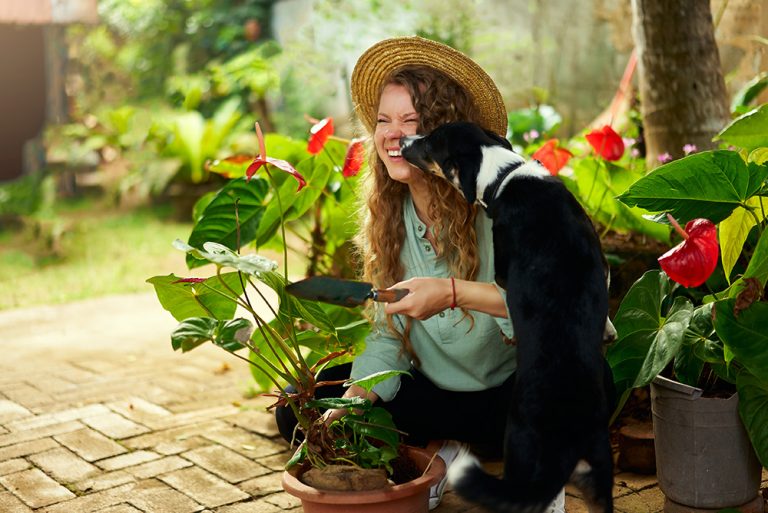Where Glue Sticks and Glitter Become the Brushes of Modern Day Alchemy

In a world where an Amazon Prime delivery can put a supercomputer at your doorstep, it’s tempting to believe that we’ve traded in our hands-on inventiveness for touchscreen dexterity. But to bypass the glue sticks and yarn is to miss the tactile renaissance happening in the corners of homes, community centers, and — dare I say it — even in Brooklyn lofts where artisans have always been just a little too cool for school.
Ah, crafting. It’s not just your grandma’s needlepoint anymore. It’s the messy, colorful, and often astonishingly beautiful marriage between material and imagination, a sort of tactile poetry that speaks in the dialect of buttons, felt, and washi tape. It’s as if we’re telling the digitized, pixelated world, “Hold my PBR, I’m gonna create something real.”
Why is crafting enduring — and indeed thriving — in an age when our digital footprints often feel more substantial than anything we can hold in our hands? To put it simply, crafting grounds us. Whether you’re fashioning a macramé plant holder or building a model airplane, the journey from raw materials to finished product demands that you focus on the present moment. It’s a form of mindfulness you can’t get from scrolling through Instagram, though I’d bet good money you’re scrolling through a crafting hashtag or two.
But let’s get real. Crafting isn’t just an escape from 1s and 0s; it’s political. When you sew your own clothes, you’re not just sidestepping fast fashion, you’re taking a stand against an industry notorious for unsustainable practices and ethical lapses. Crafting is a revolt with a glue gun. It says, “I don’t need a mass-produced, outsourced, corporate-approved version of beauty. I can create my own.” You might even say that every spool of thread is a vote against conformity, a literal tie to a more equitable and sustainable way of living.
And don’t get me started on the gender politics of crafting. For centuries, “women’s work” like sewing and knitting was relegated to the sphere of domestic triviality. But as we’ve seen through the rise of crafting superstars — many of whom are, yes, women — these skills are not just “nice to have”; they’re art forms in their own right. They bring people together in a tapestry of creativity that no Zoom meeting could ever replicate.
Moreover, crafting is also a form of communal storytelling. Quilting bees, knitting circles, and DIY workshops aren’t just places to churn out crafts; they’re venues for sharing life stories and forming bonds. Unlike that irksome group text that you can’t seem to escape, crafting circles are built on mutual respect and a shared love for creation. And unlike social media, where the aim is often to present a filtered version of reality, crafting is about embracing imperfections. When you mess up a stitch or glue something crookedly, it’s not a bug; it’s a feature. It’s part of your story.
To be clear, I’m not saying we should all drop our smartphones and revert to a barter economy based on hand-knitted scarves and custom soap. But I am suggesting that crafting, in all its homespun glory, offers something that technology cannot: the joy of making something with your own two hands, even if you end up with glitter in places glitter should never be.
So, next time you’re yearning for a break from the endless swipe and scroll, consider picking up a needle and thread or diving into a pile of construction paper. Your soul will thank you, even if your fingertips (and maybe your kitchen table) are left a little worse for wear.





